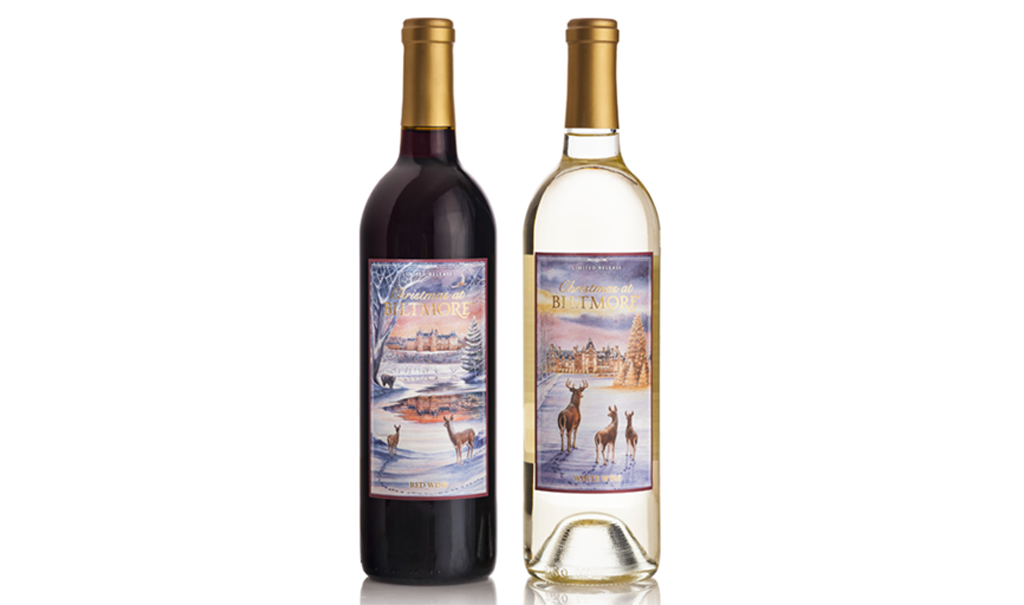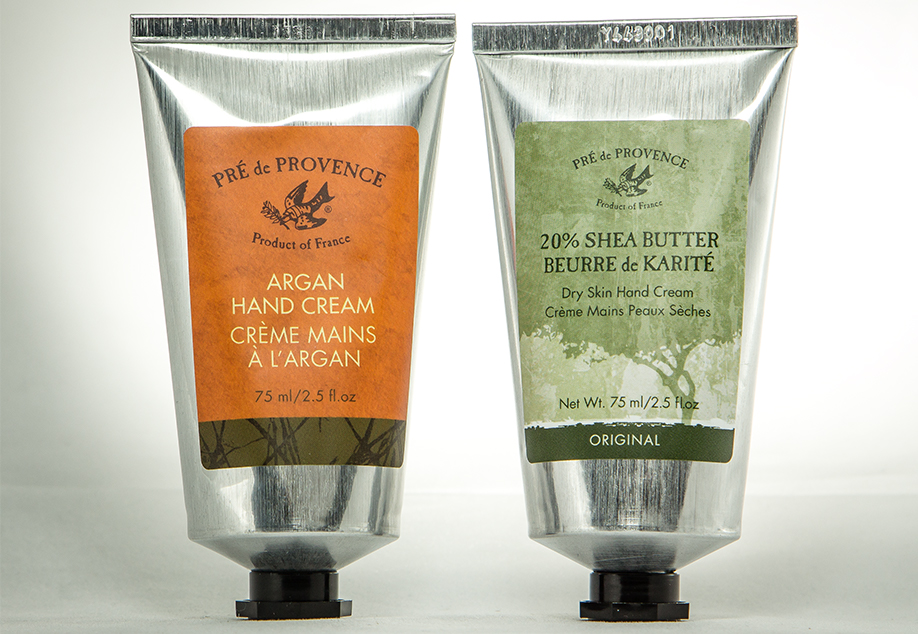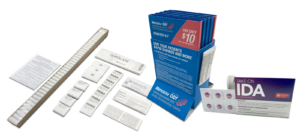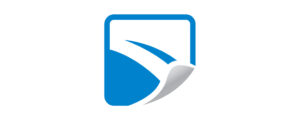Variable data printing for labels: Cut costs, sell more and protect your brand

Digital printing presses have disrupted the traditional label production paradigm. With conventional flexographic presses, you hand your artwork variations off to your printer — and plates are made for every flavor, scent and seasonal variation.
The upfront costs of plates can be a pain for brands with a wide variety of SKUs, and they make unique versioning (popular for promotions) virtually impossible.
Digital label presses have opened up a new production possibility: Altering the graphics on every single label in a production run without making a single plate.
This digital capability, called variable data printing, is an invaluable arrow in the brand owner’s quiver.
Here, we’ll detail three practical ways you can use it to add value to your product labels:
- Selling more through personalization and variety
- Cutting labeling costs for product lines with many flavor, scent or seasonal varieties
- Protecting your brand with unique product identifiers
But before we launch into these applications, let’s quickly walk through what, exactly, variable label printing is, and how it’s used in label production.
What is variable data printing?
Variable data printing, also called variable image printing, allows for every element of your label graphics to be changed on every label without equipment changeover. The famous Share-a-Coke campaign is the most oft-cited example of variable printing in action.
Ahead of time, all variations in text and imagery required for the run are compiled into a spreadsheet or database. The press then pulls from that data, printing each variation in sequence.
It’s worth noting that every label in a run must be the same size and shape in order to take advantage of variable data printing. While the graphics can change (as with SKU or flavor variations), all labels in the production run must have the same dimensions.
1. Sell more through personalization and variety
One of the more obvious applications of variable data printing is creating multiple versions of your label, personalized to different demographics — or even specific consumers.
Here are a few compelling ways we’ve seen brands use personalization:
Geo-specific packaging personalization
National brands, and brands with large geographic footprints, can capitalize on regional pride by creating different packaging versions for different markets.
Anheuser-Busch’s bottle labels featuring baseball and football team logos are a classic example of geo-specific targeting. You’ll also often see major college sports conferences featured on packaging sold in the corresponding region.
As packaging design strategist Vicki Strull says, “Digital print enables brands to create affinity versioning in real time, during the season and playoffs, because of its ability to ramp up fast and produce short runs cost effectively. Consumers are enticed by the packaging that features ‘their team’ and are more likely to pluck it from the shelf or online.”
Hyper-personalization for direct-to-consumer channels
There are, of course, different levels of personalization. You could create thousands of varieties of your packaging, encouraging consumers to seek out or collect different versions, like the Share-a-Coke campaign. You could vary your packaging by demographic — as with sports-themed packaging.
And there’s also the opportunity for one-to-one personalization, where a label is printed for one particular consumer.
While it’s impossible to accomplish this in retail, one-to-one personalization has the potential to enhance the unboxing experience and be a huge differentiator in e-commerce channels, where you’re already collecting information on each customer. And 44% of consumers are motivated to switch to brands that personalize their shopping experience better.
You could, for example, personalize direct-to-consumer packaging with the consumer’s name, deliver geo-targeted messaging or vary the on-package message you’re sending to baby boomers, Gen Xers and millennials.
And hyper-personalization can, in some cases, justify a price increase. Coca-Cola allows consumers to completely customize a Coke bottle and order it online for $5. To put that into perspective, that’s a 641% increase over retail price when you consider a 6-pack goes for $4.68.
How could your brand leverage personalization to improve the direct-to-consumer experience?
Randomized artwork variation
There are software solutions that rely on algorithms to generate hundreds, thousands or millions of design varieties based on different parameters. Using a seed design file, the software develops millions of permutations by switching colors, swapping out predetermined design elements, shifting the orientation or zooming in.
Theoretically, using this software, you could print millions of labels — with no two labels looking exactly the same.
Here are a few examples of how brands have used this software to great effect:
- Diet Coke “It’s Mine” campaign — Using 36 seed files, Coca-Cola was able to algorithmically generate millions of unique sleeve designs for its 12-oz. Diet Coke bottle.
- Bud Light’s 200,000 unique cans — Bud Light capitalized on this mass customization opportunity to release limited-edition can designs for a music festival a few years ago.
- Dulwich Gin’s 10,000 unique labels — This brand switched the portraits (from the Dulwich Picture Gallery) and colors (taken from the graffiti of modern Dulwich) featured on each label.
2. Cut labeling costs by consolidating SKUs

SKU proliferation is a staple in every market. You have varietals in wine, scents in personal care, flavors in food and promotional varieties across markets.
And, as pictured above, many SKUs often have labels with different graphics — but the labels are otherwise identical (size, shape, material).
Variable data printing allows you to group the labels for many different SKUs into one, larger order, provided they are all the same size. Because per-label cost goes down as the size of your order goes up, grouping orders in this way can result in significant savings across your label spend.
And variable data printing doesn’t just help with SKU proliferation — it can also help with promotions and seasonal varieties, eliminating any investment in plates required. If, for instance, you know you’ll change your packaging for the holidays, you could group your holiday-themed label order with your standard labels to reduce the overall costs.
3. Protect your brand with unique security features
Variable data printing also allows you to add unique product identifiers to your labels at the same time you’re printing your base graphics, protecting your brand and preventing counterfeits from infiltrating the market.
It’s easy to see how variable printing would be helpful for printing barcodes, consecutive numbering and other uniquely identifiable markings to your labels. And with digital presses, you can add covert serialization features using inks that can only be read by machines, or under UV lights.
Variable imaging also allows you to enhance the security of your label by adding a guilloche. The guilloche pattern, composed of one-pixel-wide lines, is virtually invisible — but allows for quick and easy authentication of your product. And because guilloches can be algorithmically generated for variable printing, no two labels will be alike, adding another barrier of protection against counterfeiting.
How could your brand leverage variable printing?
Our team will help you brainstorm VDP applications that will help your brand achieve its particular goals (security, costs, consumer engagement, etc.). Reach out to us today to start the conversation.
Tags:



